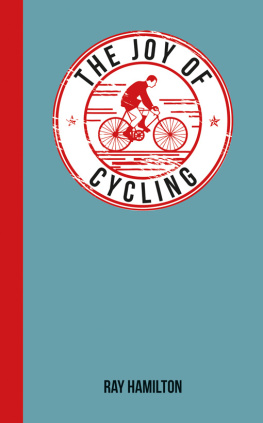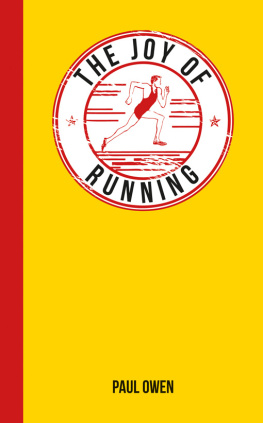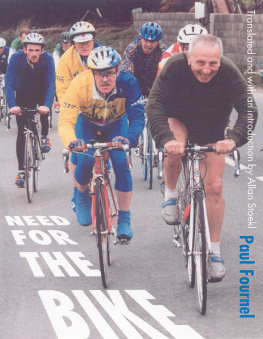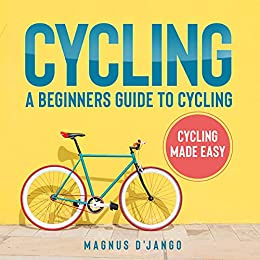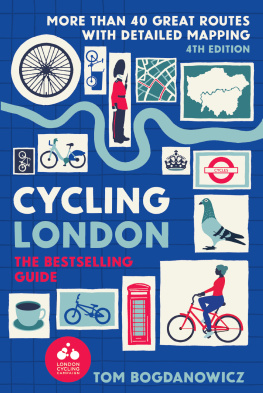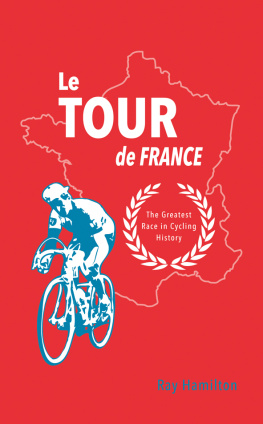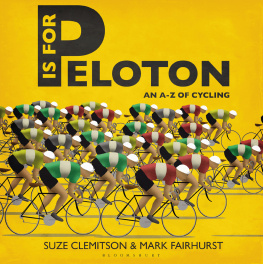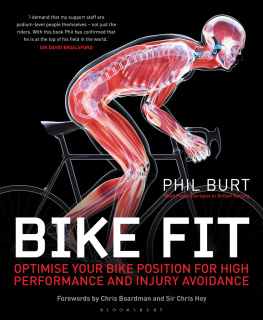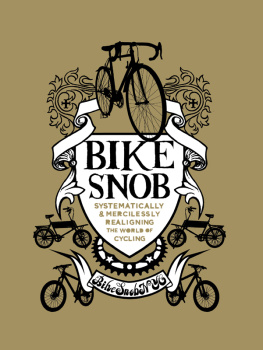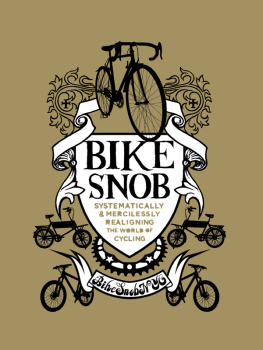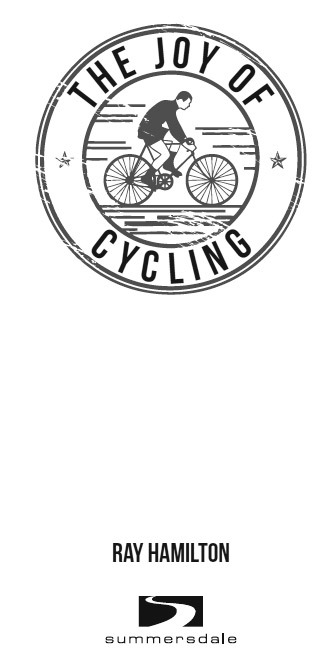THE JOY OF CYCLING
Copyright Ray Hamilton, 2013
Illustrations copyright Shutterstock
All rights reserved.
No part of this book may be reproduced by any means, nor transmitted, nor translated into a machine language, without the written permission of the publishers.
Ray Hamilton has asserted his right to be identified as the author of this work in accordance with sections 77 and 78 of the Copyright, Designs and Patents Act 1988.
Condition of Sale
This book is sold subject to the condition that it shall not, by way of trade or otherwise, be lent, re-sold, hired out or otherwise circulated in any form of binding or cover other than that in which it is published and without a similar condition including this condition being imposed on the subsequent purchaser.
Summersdale Publishers Ltd
46 West Street
Chichester
West Sussex
PO19 1RP
UK
www.summersdale.com
eISBN: 978-0-85765-992-7
Substantial discounts on bulk quantities of Summersdale books are available to corporations, professional associations and other organisations. For details contact Nicky Douglas by telephone: +44 (0) 1243 756902, fax: +44 (0) 1243 786300 or email: .
Acknowledgements
My thanks to Chris Turton at Summersdale for his unswerving patience and excellent guidance (again), and to Emily Kearns for an extremely thorough job in copy-editing out the wrinkles.
Note from the Author
The websites I have come across in my research for this book are too numerous to list, but I do recommend the first-class British Cycling website (www.britishcycling.org.uk), which I have used extensively to check facts and fill in gaps in my knowledge. It contains a wealth of information about how to get into whatever cycling you want to get into, as well as information about British riders and events across the entire competition range. If your cycling pursuits are purely leisurely, you should also check out the national cycling charity CTC's website (www.ctc.org.uk).
To the best of my knowledge, the facts and figures in this book are correct as at the end of May 2013.
CONTENTS
INTRODUCTION
Bicycling is a healthy pursuit, with much to recommend it, and, unlike other foolish crazes, it has not died out.
THE DAILY TELEGRAPH, 1877
Cycling has a lot going for it. Speed, for one thing. The ability to travel at around three times the pace of walking for the same amount of effort remains as attractive now to millions of adults and children across the globe as it was to the early riders of the 'boneshakers' and penny-farthings of the late nineteenth century. Cycling also has longevity going for it. Most bike riders start young and many will keep riding until well into their twilight years, whether for reasons of health or general fitness, or just for the sheer fun of it. And there are those who could simply not imagine life without the more extreme forms of cycling from professional racers to round-the-world tourers, from daredevil mountain bikers to Guinness World Record seekers.
Bikes feature in many of our earliest memories. For me, it was trying to keep up with my older brother, Ken, as he pedalled effortlessly for miles over a ridiculous number of hills to the sand dunes of Irvine or the shores of Loch Lomond. There were times on those days when I found it difficult to remember what he looked like from the front!
And we never forget the first time a child of our own pedals away without stabilisers. At first oblivious to the fact we have let go of the saddle, then the inevitable wobble of panic as they realise we are no longer there, then the look of joy/relief/satisfaction on their little faces as they realise they are going to survive! With my daughter, Holly, it was more a look of grim determination. As a child who took her childhood very seriously, she went on to declare Halfords her favourite shop at the age of seven. She could have chosen Toys R Us, but she didn't. She chose a bike retailer. Sometimes it's hard not to be proud of them.
But no childhood memories of, or lifelong love affairs with, the bike would be possible if a volcano in the Dutch East Indies hadn't erupted in 1815. This book will justify that seemingly ridiculous claim before looking at the earliest incarnations of the bicycle. It will then follow the evolution of the bicycle from a thing of wonder to a utilitarian form of transport, to a thing of aesthetic pleasure and on to the lean, mean racing machines that we marvel at during the Tour de France or the Olympics. It will look at the bike's survival in the face of monstrous levels of motorised transport and rejoice in its recent resurgence.
As the human race re-evaluates its position on planet Earth, bikes are once more being seen as an integral part of the future, not the past. On account of their obvious ecological, financial and health advantages, they are once more part of the solution, not the problem. Even that troublesome sub-species of the human race, the politician, has recognised the potential of the bike to solve a number of the world's problems. Some city mayors are already bringing smiles to the faces of cyclists with city-centre rental schemes; with more, safer cycle lanes and paths; and with increased parking for bikes at the expense of cars. Others will follow, either because it's the right thing to do or because it will help them get re-elected. Who cares, as long as they do it?
Like all subject matter of such historical, cultural and practical significance, cycling is awash with interesting characters and anecdotes. This book will delve into them. For example, I once read about a young cyclist who pretended to be a vegetarian to get on the Linda McCartney Racing Team when he was trying desperately to make a name for himself in the sport. Bradley Wiggins, I think his name was. I wonder whatever happened to him?
CHAPTER 1
THE 'ERUPTION' OF THE BICYCLE
Progress should have stopped when man invented the bicycle.
ELIZABETH WEST, HOVEL IN THE HILLS
In 1815 the volcanic Mount Tambora in the Dutch East Indies erupted, and it forgot to stop. Within three months, it had filled the skies of the northern hemisphere with grey ash cloud, blocking out the sun and causing northern Europe and North America to be drenched in cold rain. The following year became known as 'the year without a summer'. Crops failed, including the oats needed to feed horses, so farmers and other horse owners had to shoot them rather than let them die of starvation.
It is thought that the resulting lack of horses inspired the German inventor Karl Drais to research new ways of horseless transportation, and led him in 1817 to invent the literally revolutionary all-wooden Laufmaschine (running machine), also known as the Draisine and the 'hobby horse'. There were no pedals but there were two wheels joined together and a means to steer them in a forward motion as your legs ran at a pace hitherto unknown to mankind. This was the ancestor of the modern bicycle and a definite step toward mechanised personal transport. Agriculture recovered, however, and Drais's idea was shelved for the next 40 years or so.
But Drais would not be denied, even if he did have to wait until after his own death for his idea to be taken further! In the second half of the nineteenth century, trial and error spawned a bewildering array of contraptions that followed the basic form of Drais's running machine:

